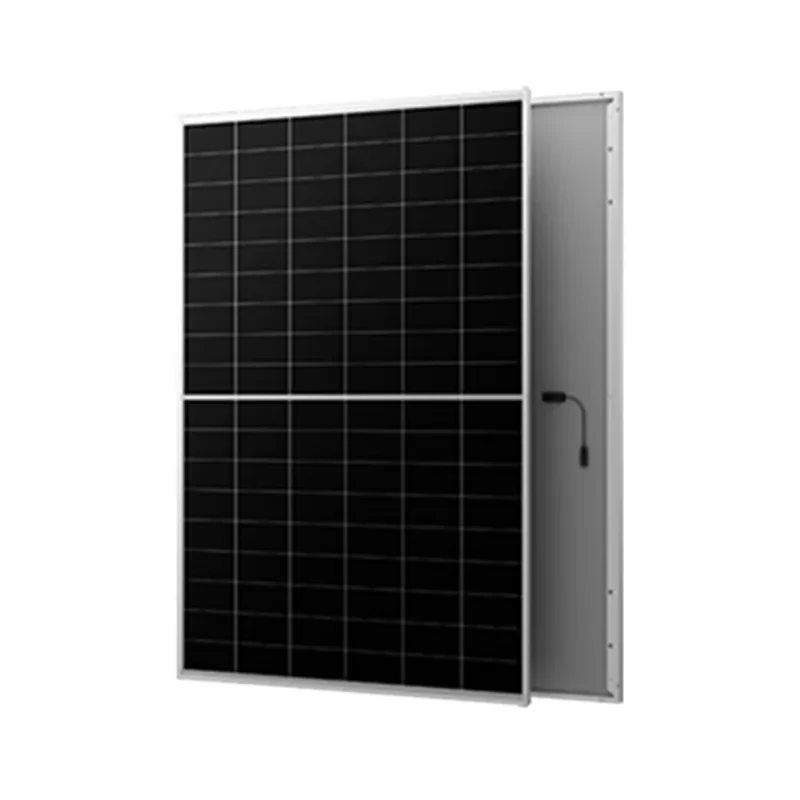Current Prices and Trends for 300 Watt Solar Panels in the Market
Understanding the Price Trends of 300 Watt Solar Panels
As renewable energy becomes increasingly essential in combating climate change and reducing our dependency on fossil fuels, solar panels have emerged as one of the most popular solutions for harnessing energy from the sun. Among the various solar panel options available, 300-watt solar panels have gained significant attention due to their efficiency and versatility. This article explores the current price trends of 300-watt solar panels, along with factors that influence their pricing and what consumers can expect in the future.
The Cost of 300 Watt Solar Panels
As of late 2023, the price of 300-watt solar panels typically ranges from $200 to $400 per panel, depending on various factors, including brand, quality, and technology. The average cost reflects not only the manufacturing expenses but also additional aspects such as distribution, installation, and warranty options. For an average residential solar system comprising 20 panels, the total investment would range from $4,000 to $8,000, excluding installation costs.
The price of solar panels has experienced a downward trend over the past decade, driven by advancements in technology, increased production efficiency, and heightened competition among manufacturers. According to reports from the Solar Energy Industries Association (SEIA), the price of solar panels has dropped by nearly 90% since 2010. This trend has made solar energy more accessible to homeowners and businesses alike, fostering wider adoption of solar technology.
Factors Influencing Solar Panel Prices
Several key factors contribute to the pricing of 300-watt solar panels
1. Manufacturing and Material Costs The raw materials used in solar panel construction, such as silicon, have a direct impact on costs. Fluctuations in the market price of these materials can lead to changes in overall panel prices.
2. Technology Improvements Advances in solar technology, such as the development of more efficient photovoltaic cells and improved manufacturing techniques, contribute to cost reductions. Panels with better efficiency ratings often come at a premium, but provide better long-term value.
solar panel price 300 watt

3. Supply and Demand Dynamics The global demand for solar energy is rising, particularly as government incentives and rebates encourage solar adoption. This demand can influence panel pricing as manufacturers aim to meet the needs of the market.
4. Geographic Location The cost of solar panels can vary by region due to local market conditions, electricity rates, and shipping expenses. Additionally, state and federal incentives may differ, affecting the overall cost to consumers.
5. Brand Reputation Established brands often command higher prices due to perceived reliability and better warranties. Consumers may be willing to pay extra for panels from reputable manufacturers with a proven track record.
Future Price Predictions
Looking ahead, the price of 300-watt solar panels is expected to continue to decline, albeit at a slower pace. As the technology matures and production methods become more efficient, manufacturers will likely find new ways to reduce costs. Additionally, as more players enter the solar market, competition will drive prices down further. However, external factors such as changes in government policies, tariffs on imported solar products, and shifts in raw material costs could introduce volatility in the market.
For consumers considering investing in solar energy, it's essential to weigh the long-term benefits against the initial costs. Investing in solar panels can lead to significant savings on energy bills, increased property value, and a reduced carbon footprint. Moreover, with the current trend of decreasing costs, now is a favorable time for homeowners to consider adopting solar technology.
Conclusion
In conclusion, the price of 300-watt solar panels reflects a complex interplay of manufacturing costs, technology advancements, market dynamics, and consumer demand. As the world increasingly turns to renewable energy sources, solar panels will continue to play a pivotal role. By understanding current market trends and factors influencing prices, consumers can make informed decisions that align with their energy needs and sustainability goals. Investing in solar energy is not only an environmentally responsible choice but also an economically sound one as prices continue to decline and efficiency improves.
-
String Solar Inverter: The High-Efficiency Solution for Smart Solar EnergyNewsJul.14,2025
-
Revolutionizing Rooftop Energy with the Power of the Micro Solar InverterNewsJul.14,2025
-
Power Independence with Smart Off Grid Solar Inverter SolutionsNewsJul.14,2025
-
On Grid Solar Inverter: Powering the Future with Smart Grid IntegrationNewsJul.14,2025
-
Monocrystalline Solar Panels: High-Efficiency Power for the Future of Clean EnergyNewsJul.14,2025
-
Bifacial Solar Panel: A Smarter Investment for Next-Generation Energy SystemsNewsJul.14,2025







